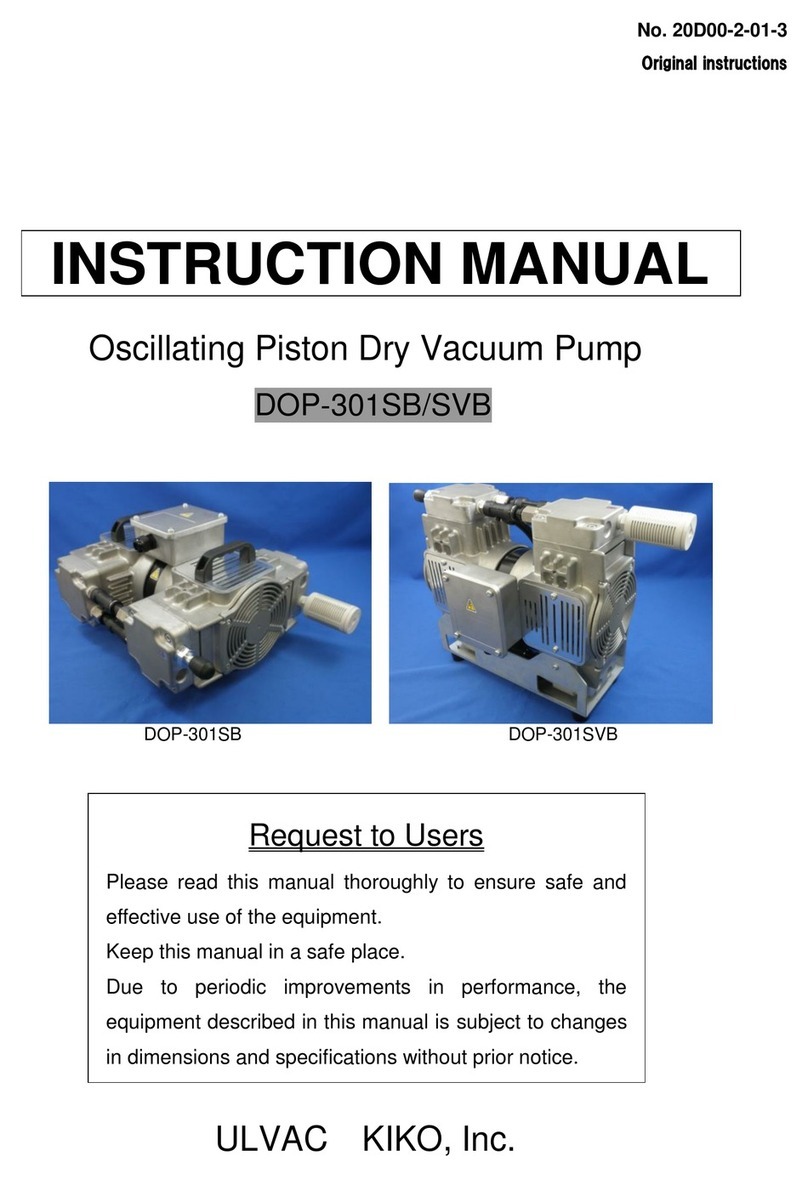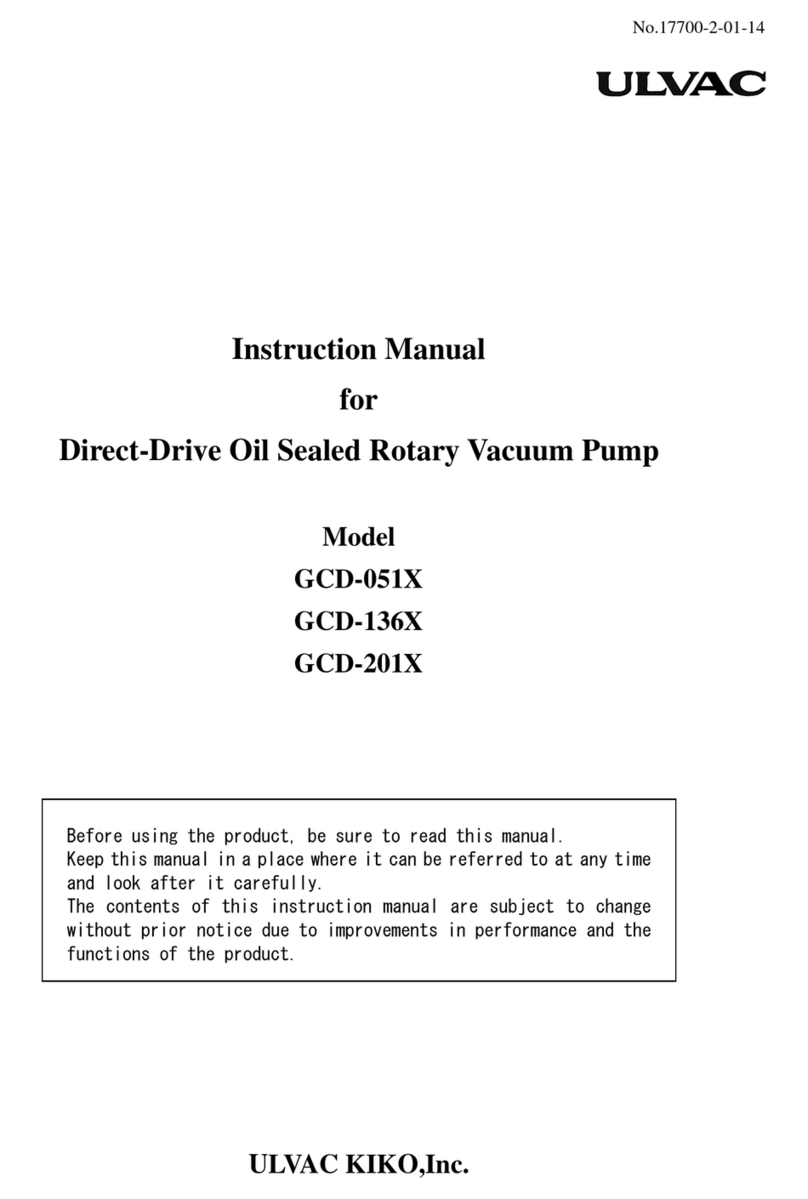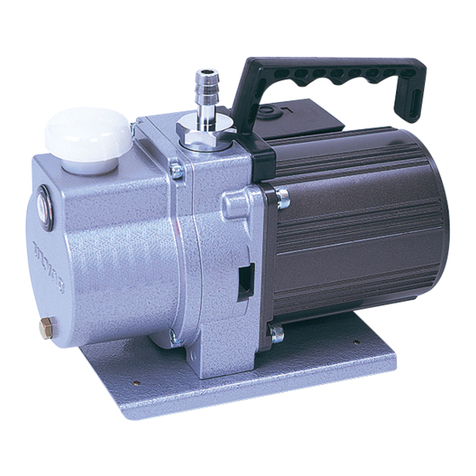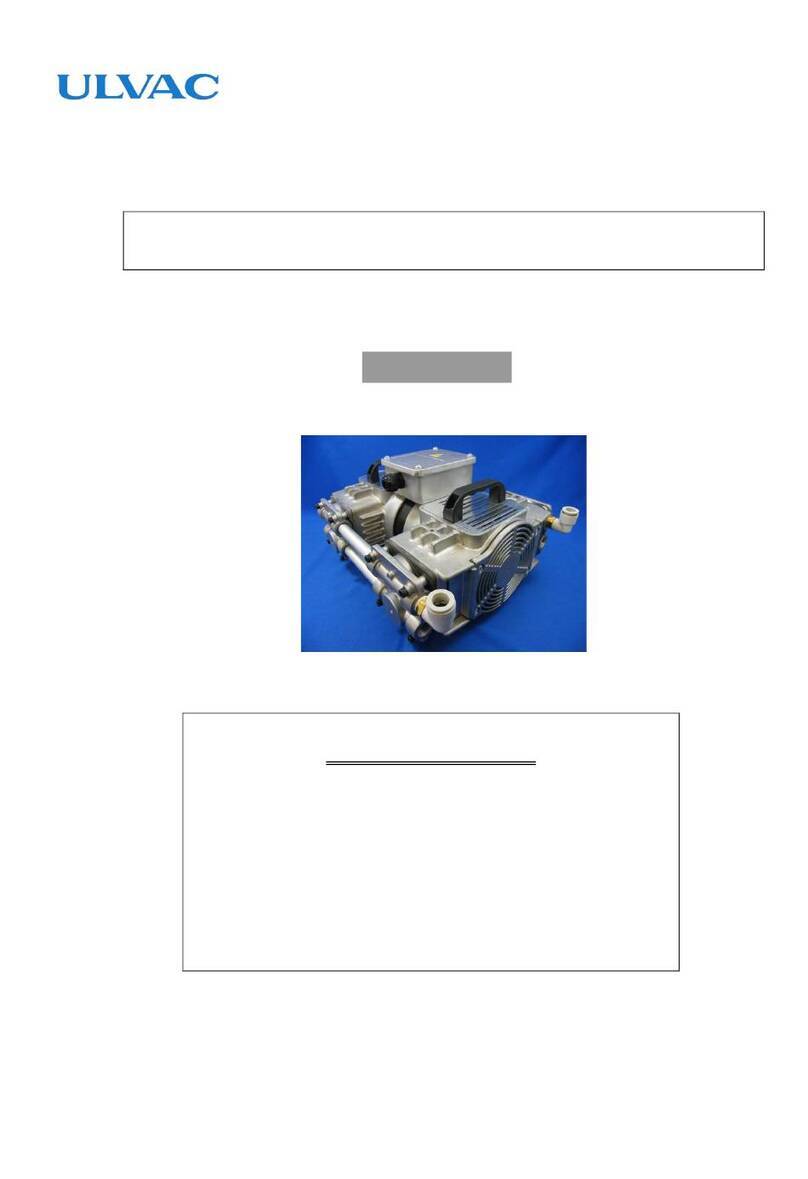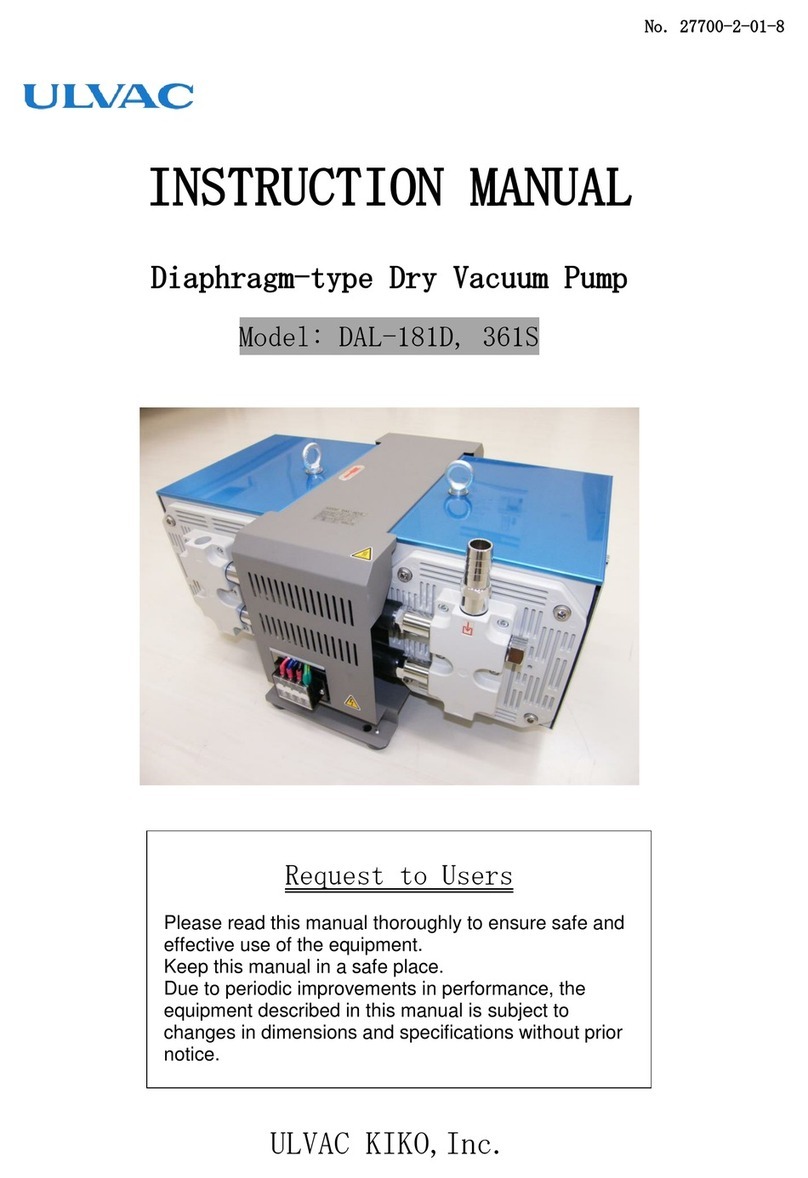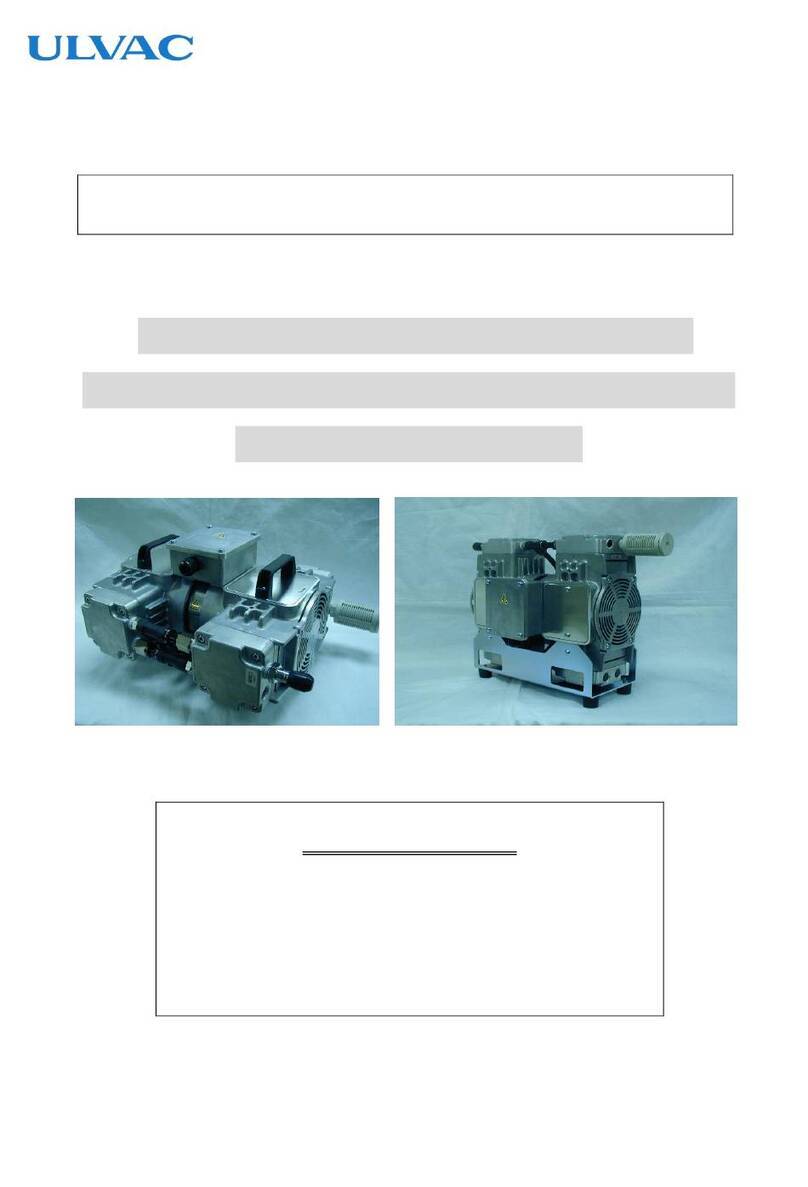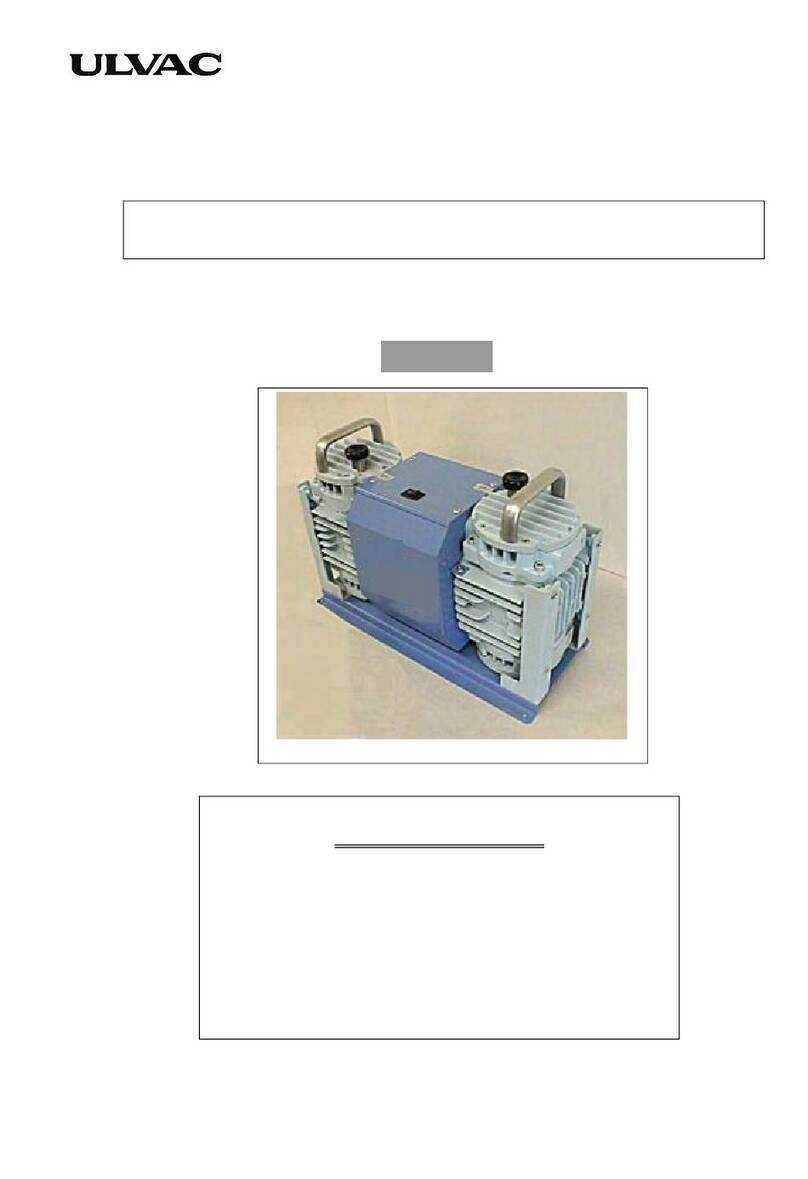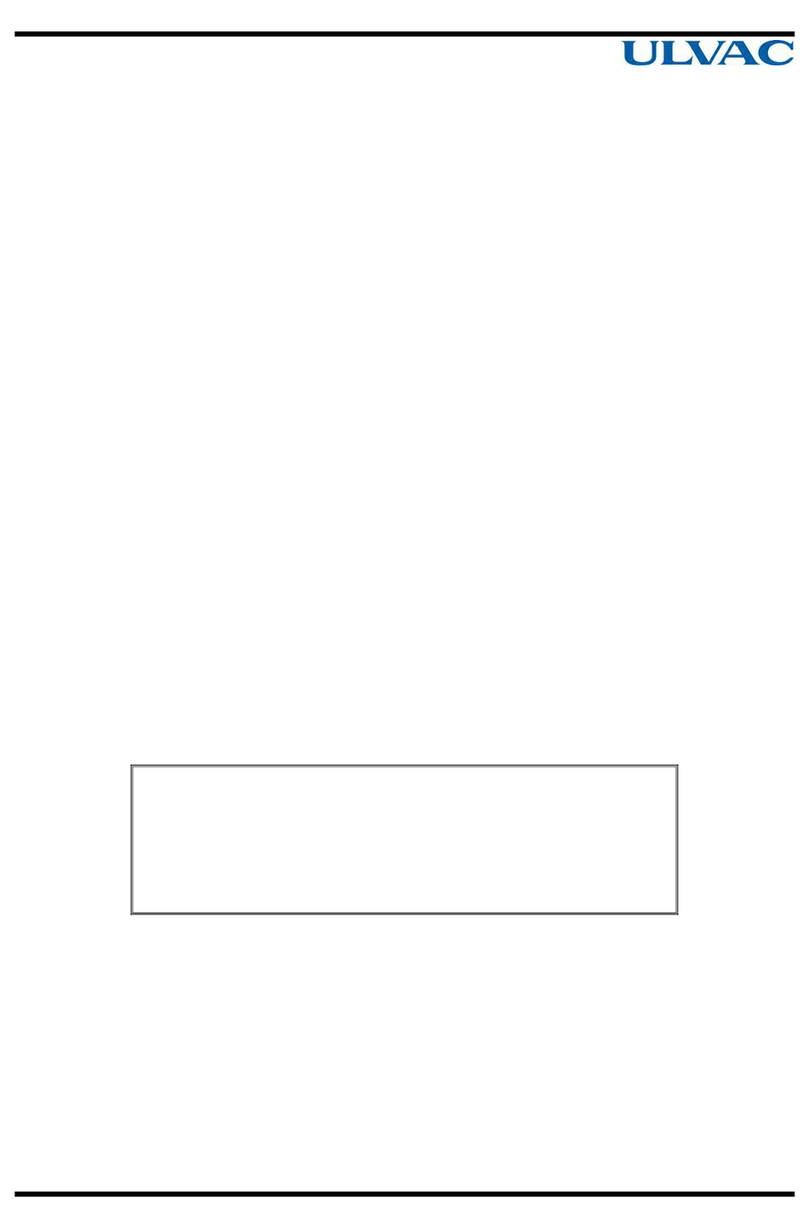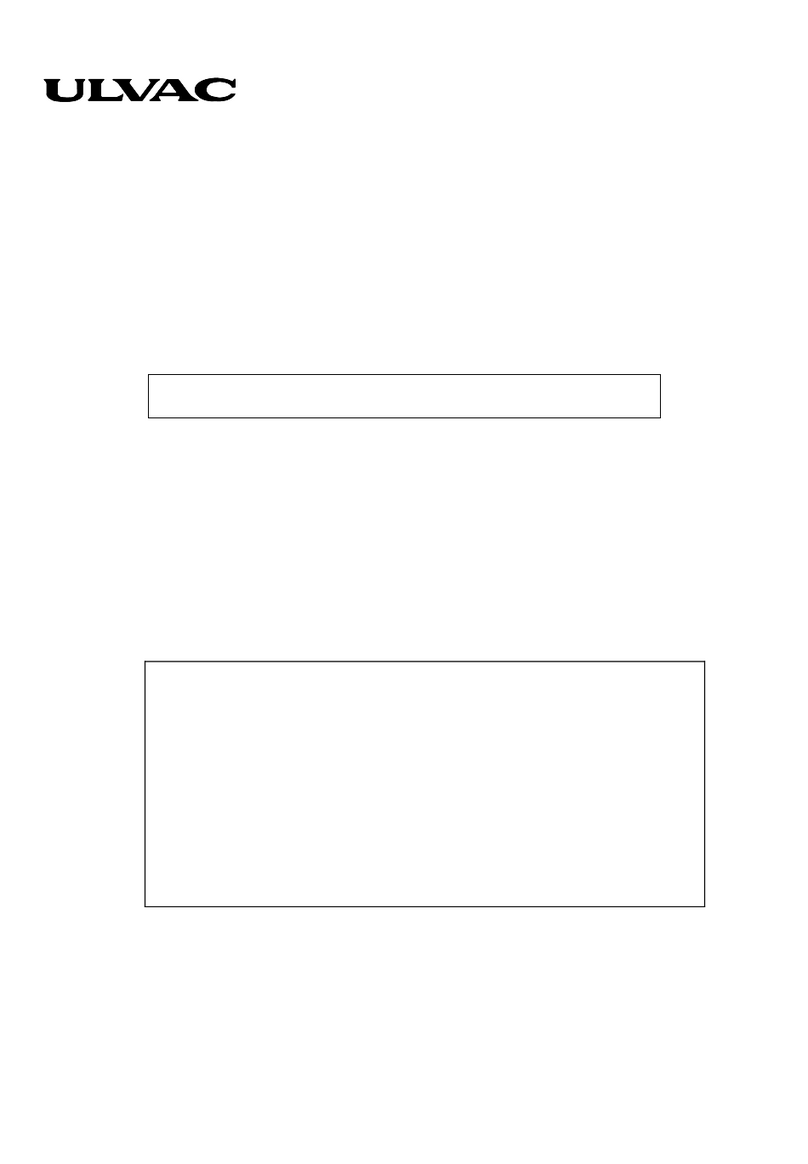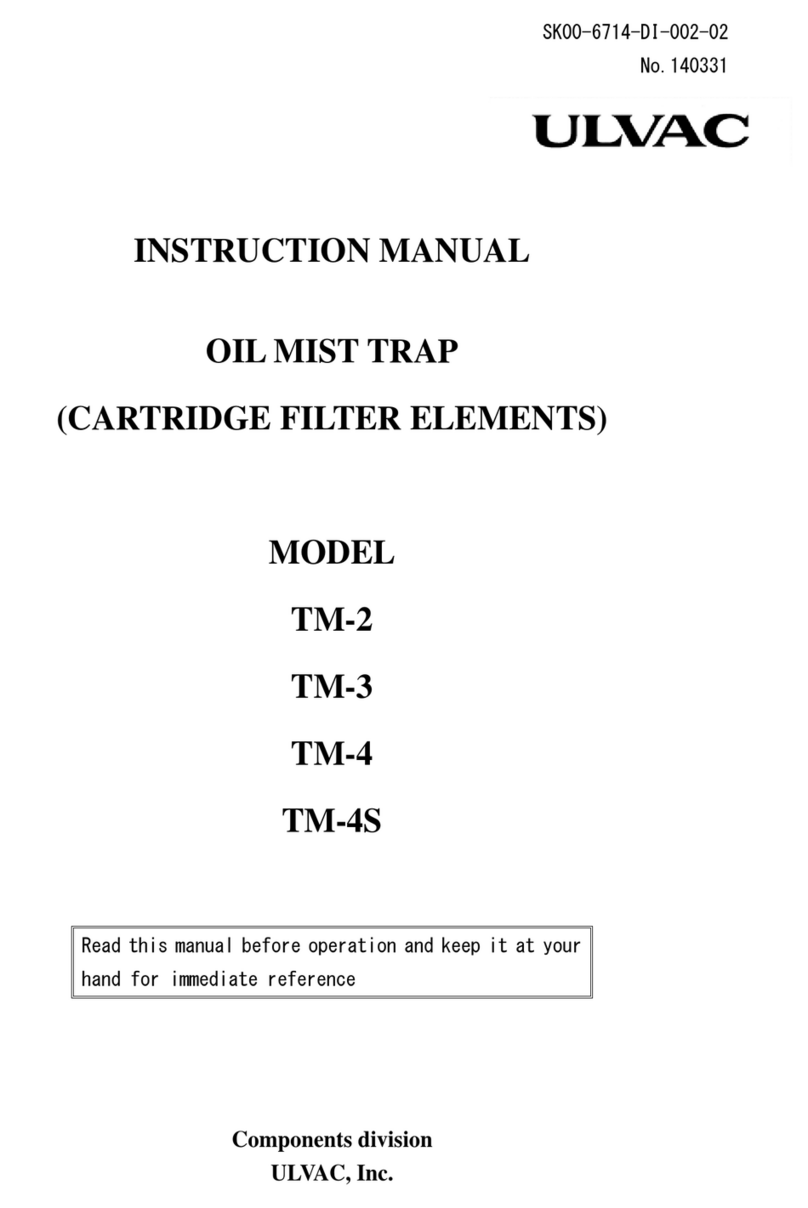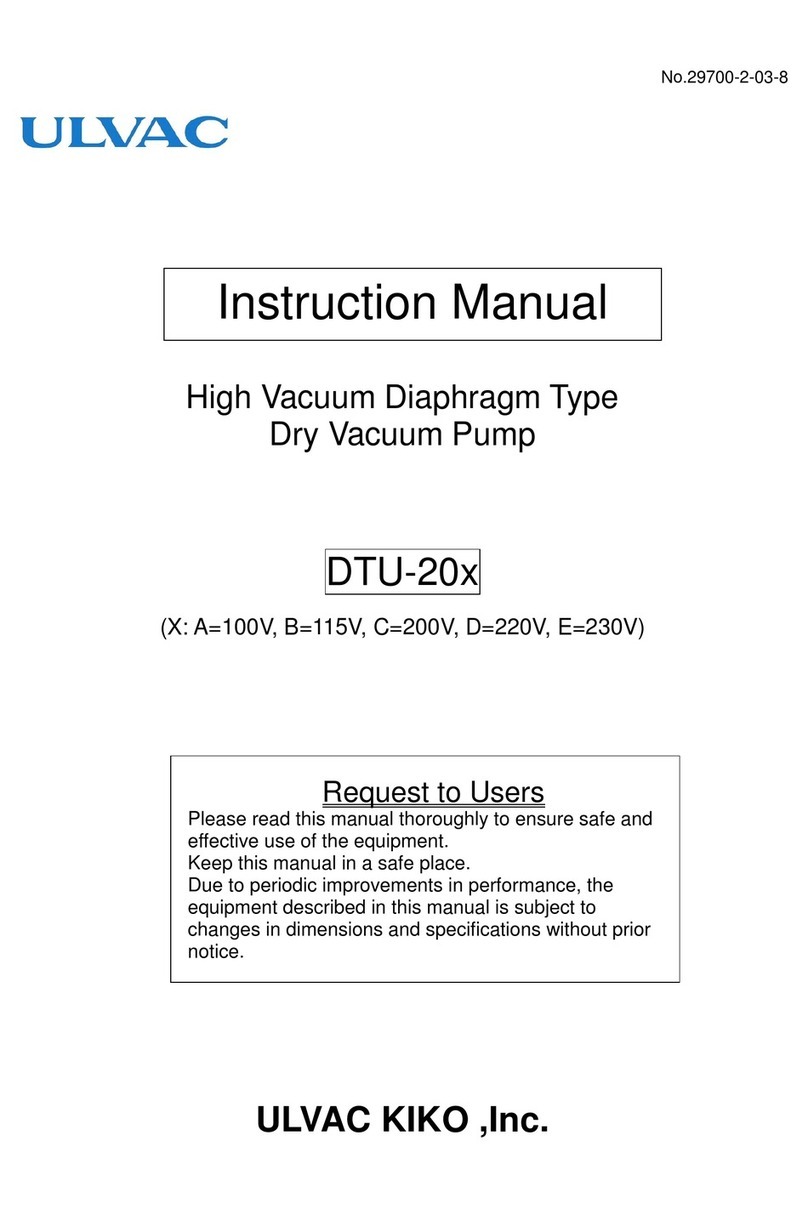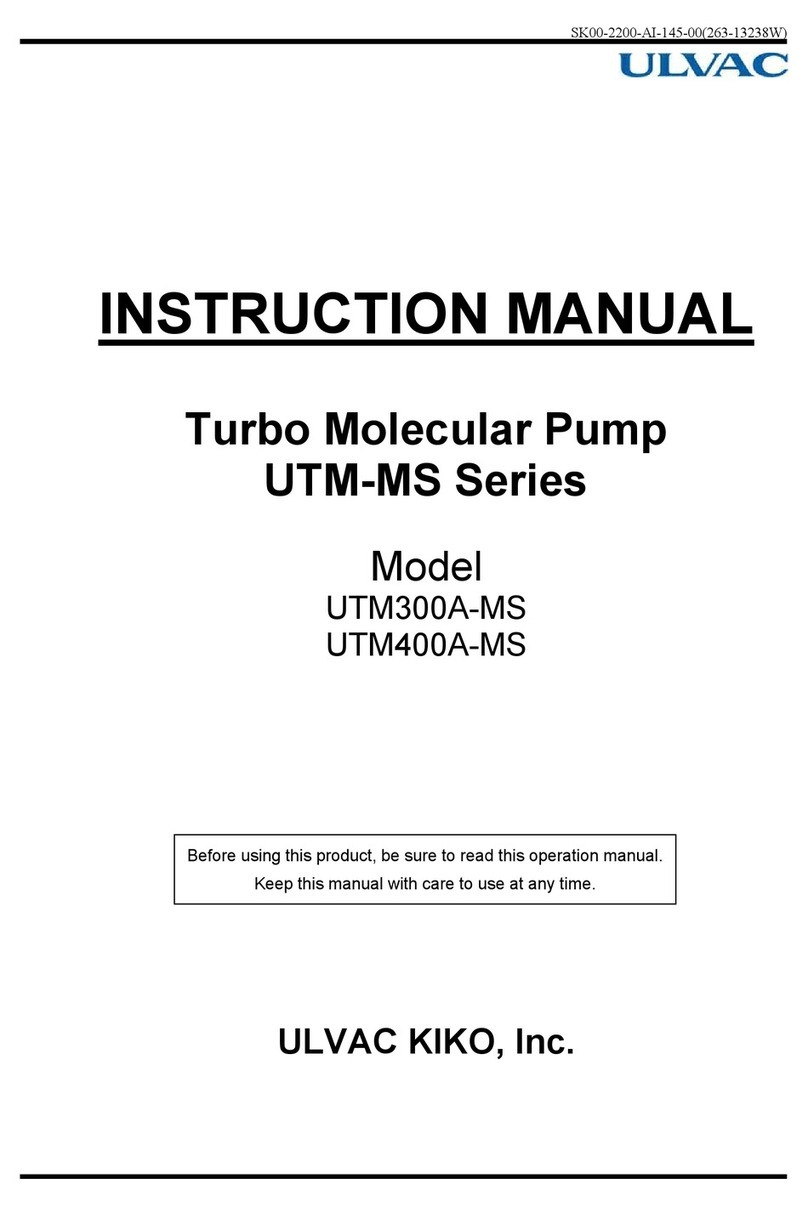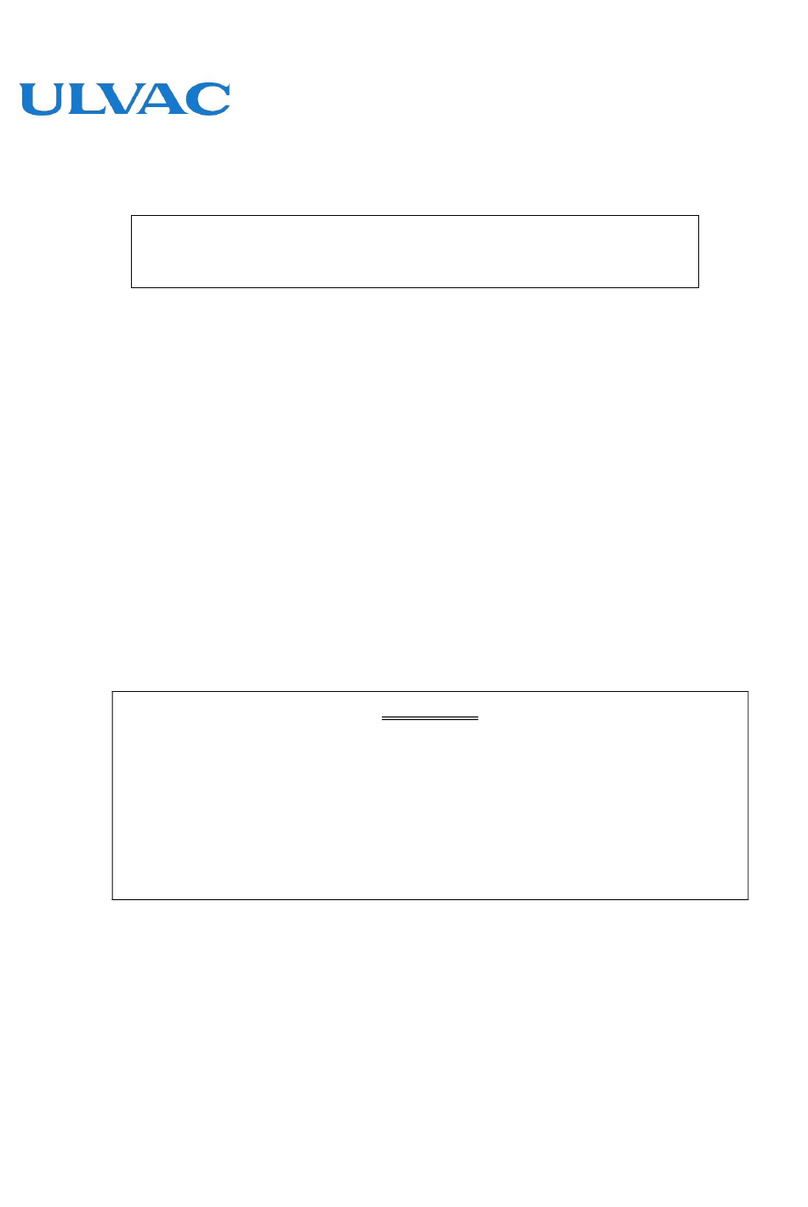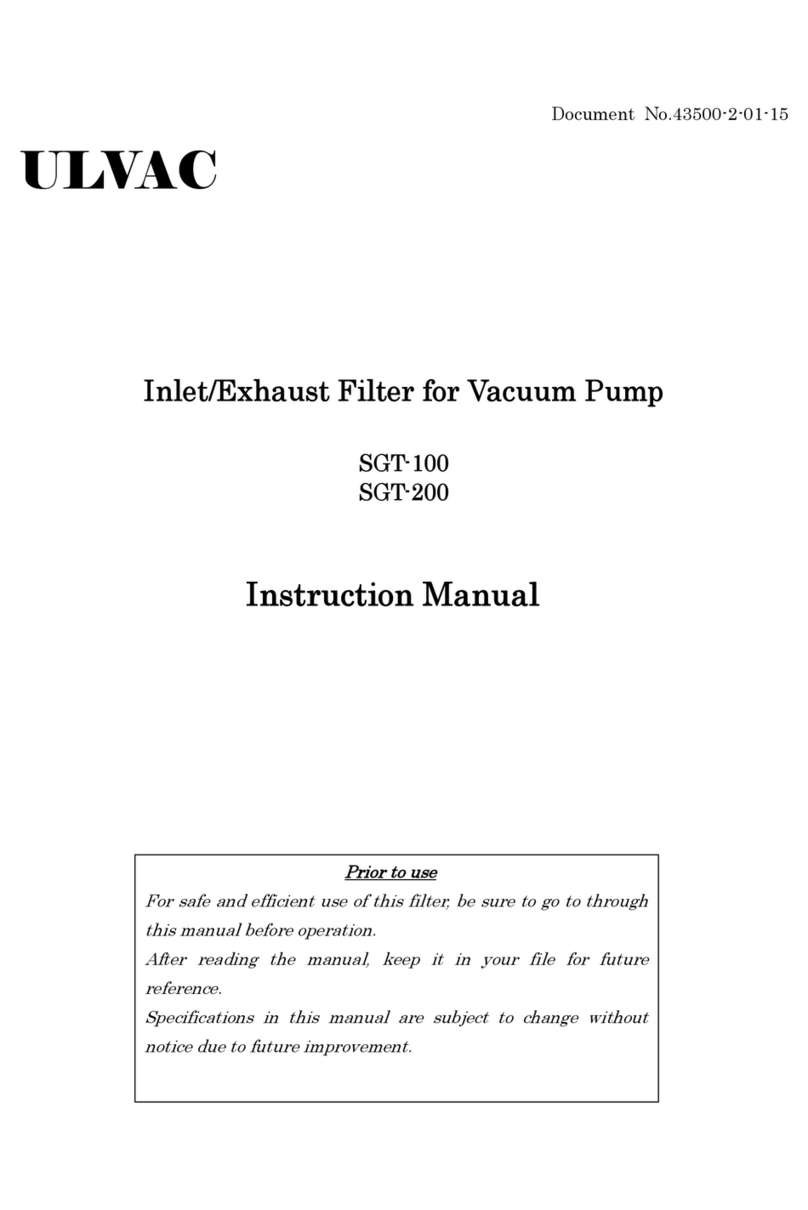
6.
Accidental Release Measures
Personal Precautions, Protective
Equipment and Emergency Procedures
Environmental Precautions
Collection/Neutralization
and Methods/Materials for Containment
Prevention
of
Secondary Hazards
Date Prepared: January 28, 2013
2JE
If
skin or eye contact
is
possible, wear protective equipment.
If
mist
is produced, wear respiratory protective equipment
to
avoid
inhalation.
Take up as much
as
possible to avoid soil contamination and water
pollution.
Avoid release to the environment.
Eliminate the source
of
ignition
of
the surrounding.
In the case
of
a large amount: Dike ahead
of
liquid spill area to
minimize migration
and
then sweep
into
8.n
empty container
for
disposal in a safe place. After disposal, wash away with plenty
of
water.
In
doing so, take care to prevent the high concentration
of
wastes
from
entering public watercourses such
as
rivers.
In the case
of
a small amount: Take up into an empty container by
absorbing the spill with earth and sand
or
rags, and furthermore sop
up with rags thoroughly.
Remove all the ignition sources immediately. (Do not smoke nearby
and keep away from sparks and flames.)
Report to the related organs for help.
-----------------------------------------------------------------------------------------------------------------
7.
Handling and Storage
Handling:
Technical Measures
Local Exhaust Ventilation/
Full Ventilation System
Avoiding Contact
Before
repairing
machinery
with
remnant
oils
on,
remove
them
thoroughly in a safe place. Take precautionary measures against
static discharge and wear electro conductive clothing and shoes.
As
vapors released from petroleum products
are
heavier than
air,
they are liable to stagnate.
Due to it, attention should be paid to ventilation and fire.
Handle
at
room temperatures, paying attention to moisture and to
impurities not to mix with.
If
skin or eye contact is possible, wear protective equipment.
If
mist
is produced, wear respiratory protective equipment to avoid
inhalation.
Use a pump and the like to take out
of
container.
Do not suck through a tube.
Do not weld, heat, hole, and cut
off
the container. Residues may
ignite involving explosion.
Refer to '8. Exposure Controls/Personal Protection'.
Refer
to'
10. Stability and Reactivity'.
317
[Disposal]
None
Date Prepared: January 28, 2013
2JE
3.
Composition/Information
on
Ingredients
Distinction between Substance and Mixture : Substance
Petro-hydrocarbons
Not
identified
Chemical Name/Generic
Name:
Chemical
Formula:
Ingredient and Concentration
4.
First-Aid Measures
Inhalation:
Skin Contact:
Eye Contact:
Ingestion:
Expected Acute and
Delayed Symptoms, and
Most Important Symptoms/
Effects:
5.
Fire-Fighting Measures
Suitable Extinguishing Media
Unsuitable Extinguishing Media
Specific Hazards
Specific Fire-Fighting Measures
Special Protective Actions for
Fire-Fighting
Mineral oil (Highly-refined oil) 100%
Remove victim to fresh air and let him rinse mouth thoroughly with water.
Wrapping a blanket and the like around him to keep warm for a rest, call a
doctor/physician immediately.
Rinse skin with soap and water.
Immediately rinse eyes with clean water for at least
15
minutes. Remove
contact lenses
if
present. Continue rinsing.
If
eye
irritation persists, get medical
attention.
Call a doctor/physician immediately. Do not induce vomiting.
If
affected, the mouth should be rinsed out thoroughly with water.
If
swallowed, may suffer from diarrhea and vomiting.
May cause inflammation
if
in eyes.
May cause inflammation
if
on skin.
May feel unwell
if
mist is inhaled.
Foggy reinforcing agent, foam, powder, or carbon dioxide
Jet water
Currently there is no useful information.
Shut offthe fire source.
Use powder or carbon dioxide extinguishers at the beginning
of
fire.
It is effective to intercept the air from a big fire with foam
extinguishers. Use
of
water may cause spreading
of
fire.
Cool the surrounding facilities with water spray.
Evacuate non essential personnel around the fire.
Wearing protective glasses, protective clothing, and
if
necessary,
respiratory protective equipment, start to fight fire on the windward
side.
217




